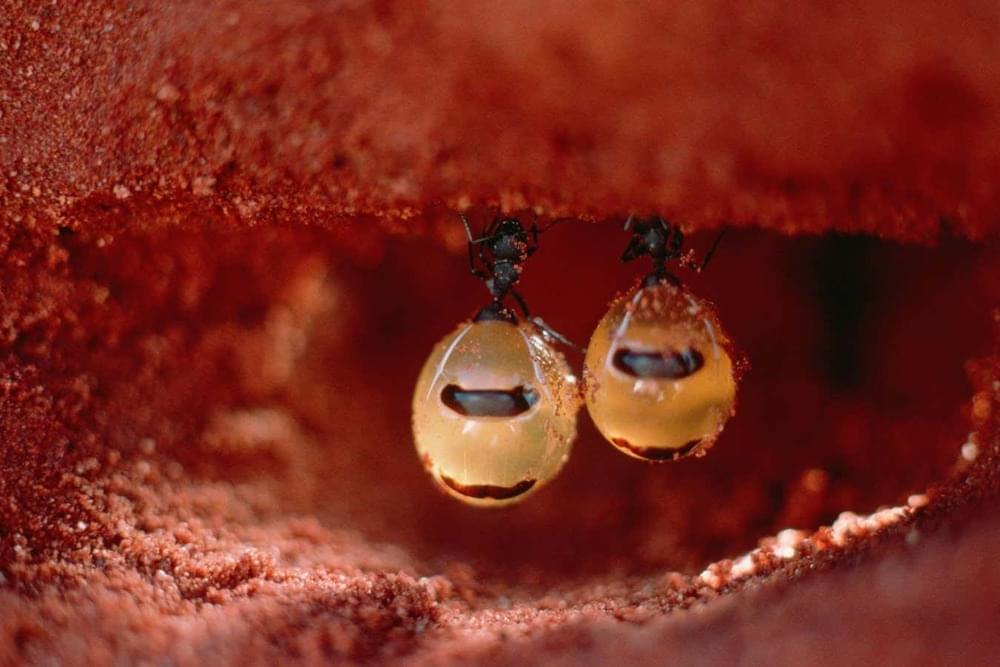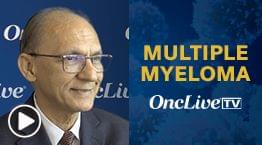The study was conducted by the Murdoch Children’s Research Institute and followed a cohort of 5,000 kids over their childhood.



Crohn’s disease affects four million people worldwide. The condition causes debilitating symptoms such as chronic fatigue, diarrhoea, abdominal pain, weight loss and malnutrition.
Once symptoms develop, Crohn’s is a lifelong condition – and while there are ways to manage symptoms during flare-ups, there’s currently no cure.
The exact causes of Crohn’s disease are unknown and are probably due to a number of complex and overlapping factors – such as genetics, environmental cues (such as smoking) and an immune system that’s overactive in the gut.
Chemical propulsion has long been the standard for spaceflight, but for humans to reach Mars, we’ll need a much more powerful and efficient propulsion. Nuclear thermal propulsion (NTP) engines offer thrust as high as conventional chemical propulsion with much higher efficiency.

An ant species in Australia makes honey that killed some bacterial and fungal infections in the lab, raising hopes that its properties could be used in new drugs.
By Chen Ly

Reduction in blood oxygen levels, largely attributed to blocked airways, emerges as a leading factor.
Researchers have found that people with obstructive sleep apnea have an increased cardiovascular risk due to reduced blood oxygen levels, largely explained by interrupted breathing. Obstructive sleep apnea has long been associated with increased risk of cardiovascular issues, including heart attack, stroke, and death, but the findings from this study, partially supported by the National Institutes of Health and published in the American Journal of Respiratory and Critical Care Medicine, show the mechanism mostly responsible for the link.
“These findings will help better characterize high-risk versions of obstructive sleep apnea,” said Ali Azarbarzin, Ph.D., a study author and director of the Sleep Apnea Health Outcomes Research Group at Brigham and Women’s Hospital and Harvard Medical School, Boston. “We think that including a higher-risk version of obstructive sleep apnea in a randomized clinical trial would hopefully show that treating sleep apnea could help prevent future cardiovascular outcomes.”
Whether episodes of acute kidney injury (AKI) lead to worsening chronic kidney disease (CKD) still is under debate, and some countries now incentivize stricter renal monitoring of patients following hospitalizations for AKI. U.S. researchers prospectively identified 433 adults with known CKD (defined as ≥50% increase in serum creatinine level) and examined whether those episodes contributed to worsening of CKD during 4 years of follow-up. Nearly all the episodes of AKI were stage 1 or 2 (i.e., the ratio of peak to nadir serum creatinine was less than 3).
After adjusting for an extensive set of potentially confounding variables, patients with stage 1 or stage 2 AKI did not have substantial decreases in estimated glomerular filtration rate (eGFR; calculated using creatinine or using cystatin C level) or have substantially accelerated changes in eGFR over time.
These results suggest that in a patient with known CKD, an episode of AKI generally doesn’t affect the subsequent natural history of CKD. Whether more-severe AKI (stage 3 or stage 4) portends worse CKD outcomes could not be determined in this study due to small number of patients with such disease severity.



A new approach to developing semiconductor materials at tiny scales could help boost applications that rely on converting light to energy. A Los Alamos-led research team incorporated magnetic dopants into specially engineered colloidal quantum dots—nanoscale-size semiconductor crystals—and was able to achieve effects that may power solar cell technology, photo detectors and applications that depend on light to drive chemical reactions.
“In quantum dots comprising a lead-selenide core and a cadmium-selenide shell, manganese ions act as tiny magnets whose magnetic spins strongly interact with both the core and the shell of the quantum dot,” said Victor Klimov, leader of the Los Alamos nanotechnology team and the project’s principal investigator. “In the course of these interactions, energy can be transferred to and from the manganese ion by flipping its spin—a process commonly termed spin exchange.”
In spin-exchange carrier multiplication, a single absorbed photon generates not one but two electron-hole pairs, also known as excitons, which occur as a result of spin-flip relaxation of an excited manganese ion.

The term molybdenum disulfide may sound familiar to some car drivers and mechanics. No wonder: the substance, discovered by U.S. chemist Alfred Sonntag in the 1940s, is still used today as a high-performance lubricant in engines and turbines, but also for bolts and screws.
This is due to the special chemical structure of this solid, whose individual material layers are easily displaceable relative to one another. However, molybdenum disulfide (chemically MoS2) not only lubricates well, but it is also possible to exfoliate a single atomic layer of this material or to grow it synthetically on a wafer scale.
The controlled isolation of a MoS2 monolayer was achieved only a few years ago, but is already considered a materials science breakthrough with enormous technological potential. The Empa team now wants to work with precisely this class of materials.